Vision for Instruction (Literacy)
A rich oral vocabulary and knowledge of high-frequency words are the building blocks of reading success

Vision for Instruction (Literacy)
A rich oral vocabulary and knowledge of high-frequency words are the building blocks of reading success
When children have a large ‘spoken’ vocabulary, meaning they use and understand lots of different words, they are well placed to recognise and understand those words when they see them when reading.
Tier 1 vocabulary is the words most frequently used when speaking and writing; words like the, and, was, some and ‘everyday’ words like dog, happy, play, go. These words are also called ‘high frequency’ or ‘sight words’ because readers will see them in lots of different texts and need to be able to recognise them automatically, by sight.
Many Tier 1 words can’t be ‘sounded out’, their spelling doesn’t directly correspond to the way we say them; for example, was is pronounced /woz/, this is another reason they need to be learnt ‘by sight’.
Tier 2 and Tier 3 vocabulary contains more sophisticated and subject-specific words. Children who hear a wide range of words used in talking and reading books aloud will be better able to understand those words when they begin to read them in books.
As with oral language, parents and caregivers can best support their children in learning vocabulary by encouraging them to talk and listen for a range of different purposes, and reading aloud to them often. Children learn new words by hearing them used meaningfully many times and by being encouraged to use new words in their own talk. Other ways to support vocabulary learning include the following:
Become ‘word aware’ as you read aloud. One of the best places for children to hear new words used meaningfully is in great children’s literature. Comment on words you know are new to your child. What do they sound like, what could they mean, what do they remind you of?
Get your children to become ‘word detectives’ when out and about. Notice new and interesting words on street signs, at the zoo or museum, on menus or on pamphlets.
Use a wide vocabulary when speaking to your child. Encourage children to ask the meanings of unfamiliar words and to use new words in their own spoken communication.
Reasons to teach vocabulary:
To help words become automatic so students can focus more on understanding what they read.
We are proud to announce that we participated in National Simultaneous Storytime (NSS), an annual event organized by the Australian Library and Information Association (ALIA), that brings together children across Australia to read the same picture book at the same time. This promotes Literacy and helps students develop a love for Reading.
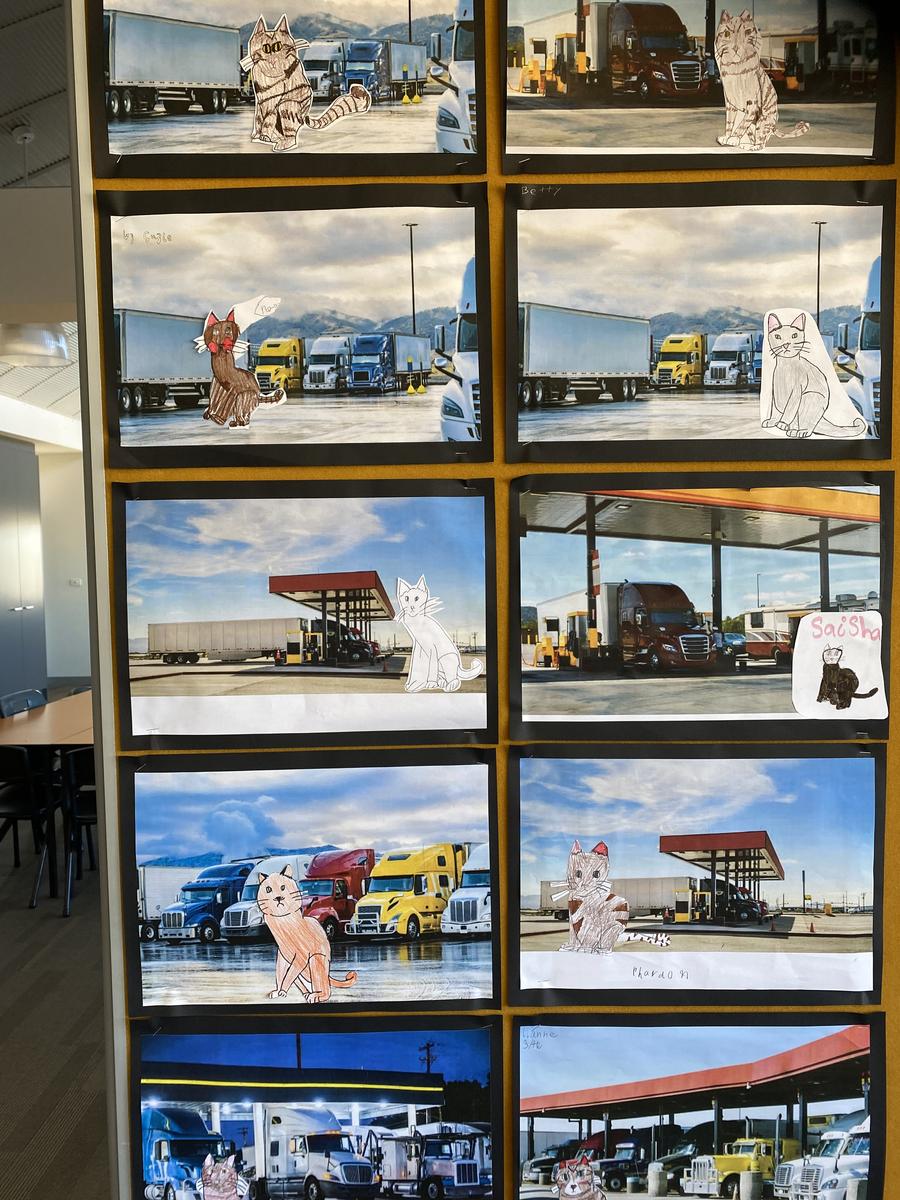
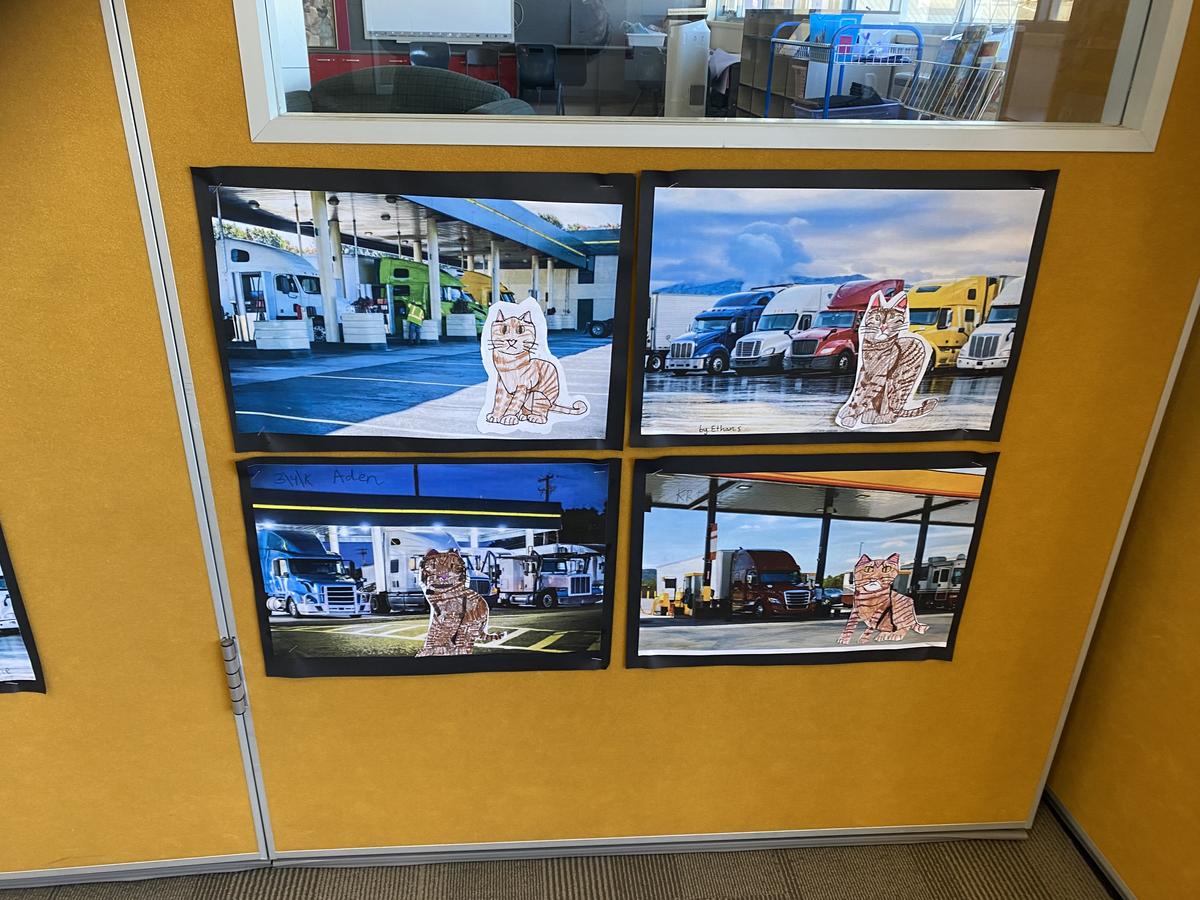


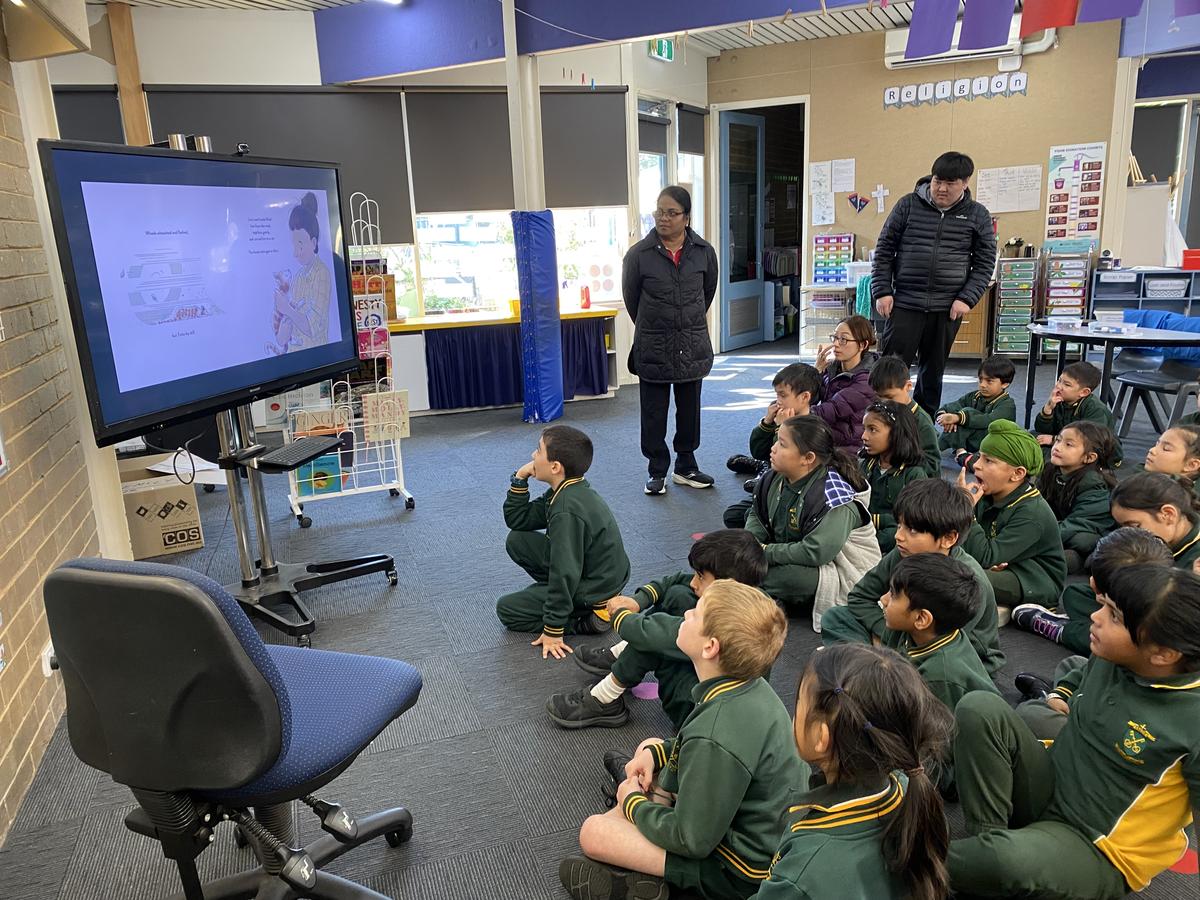
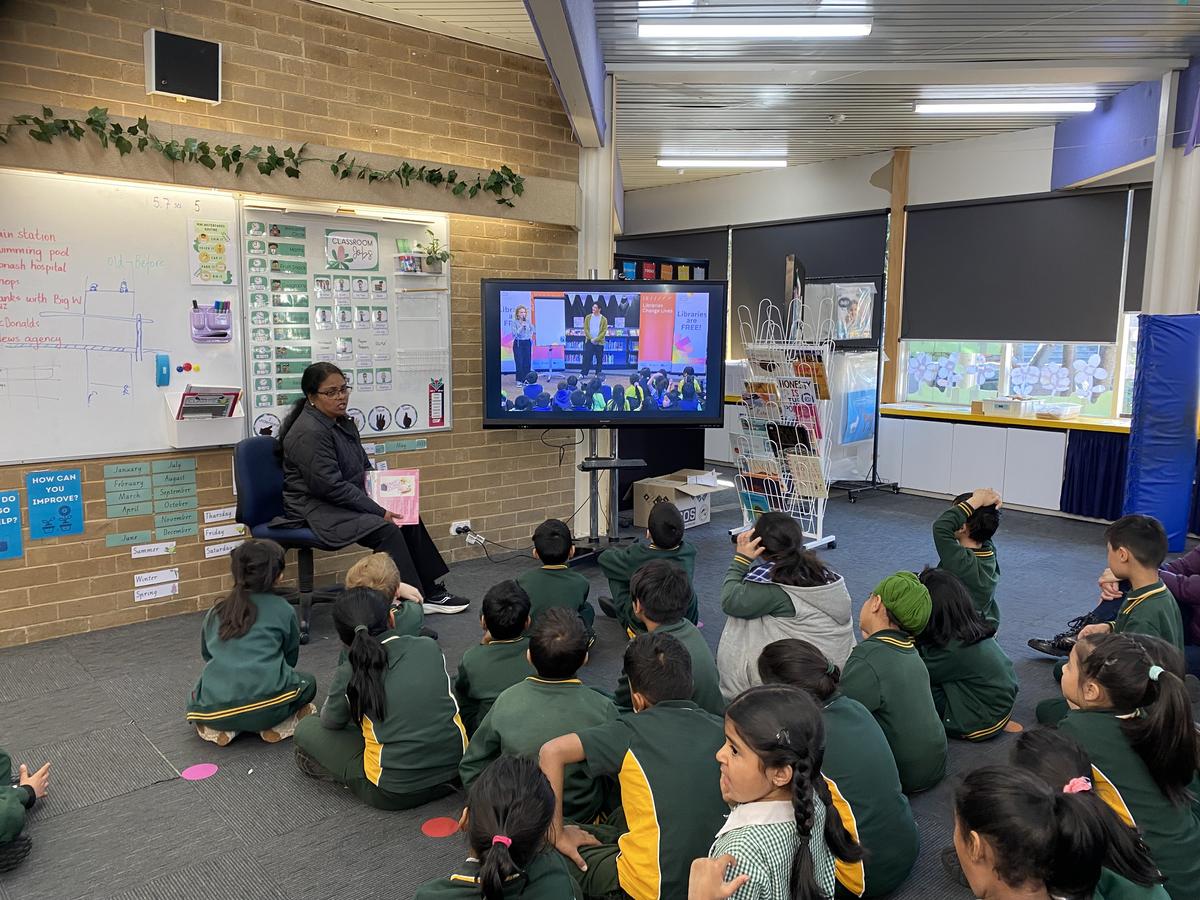
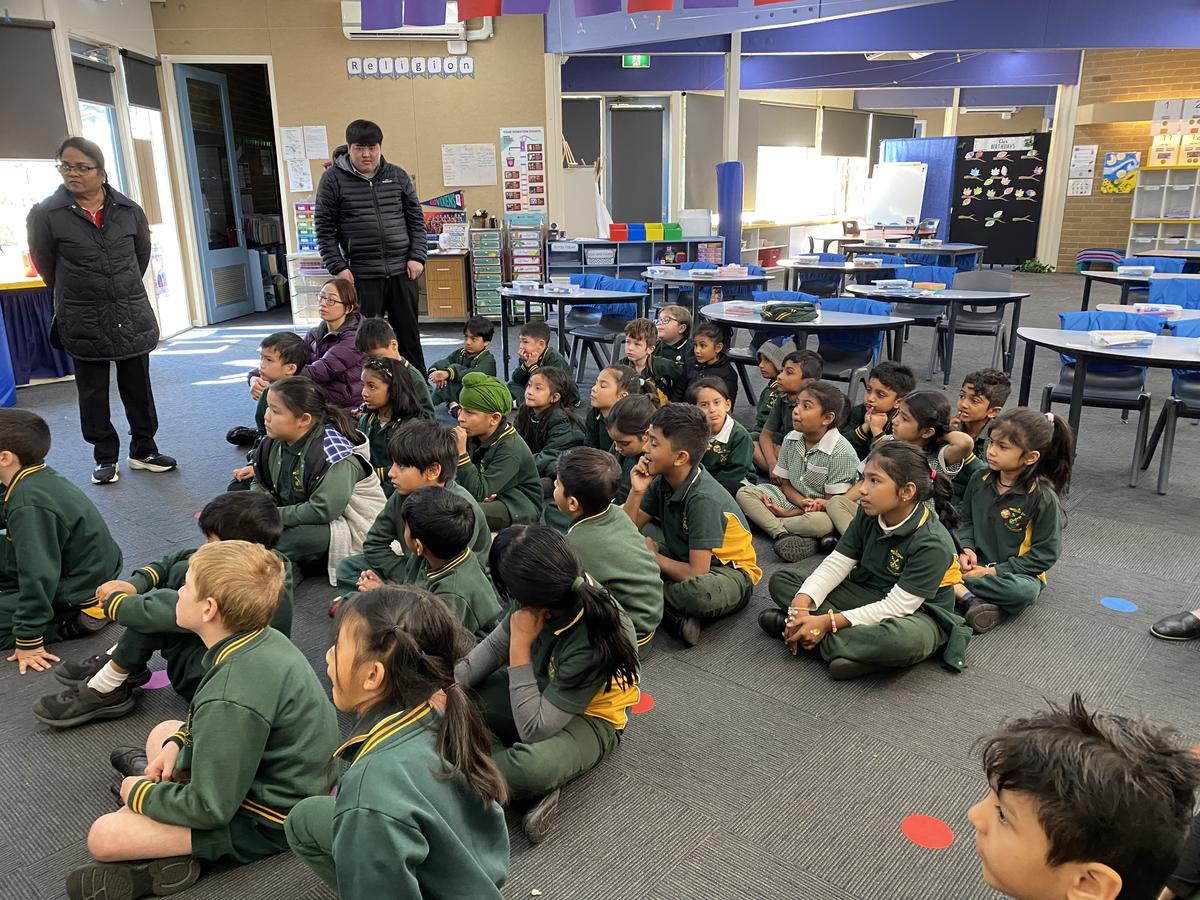
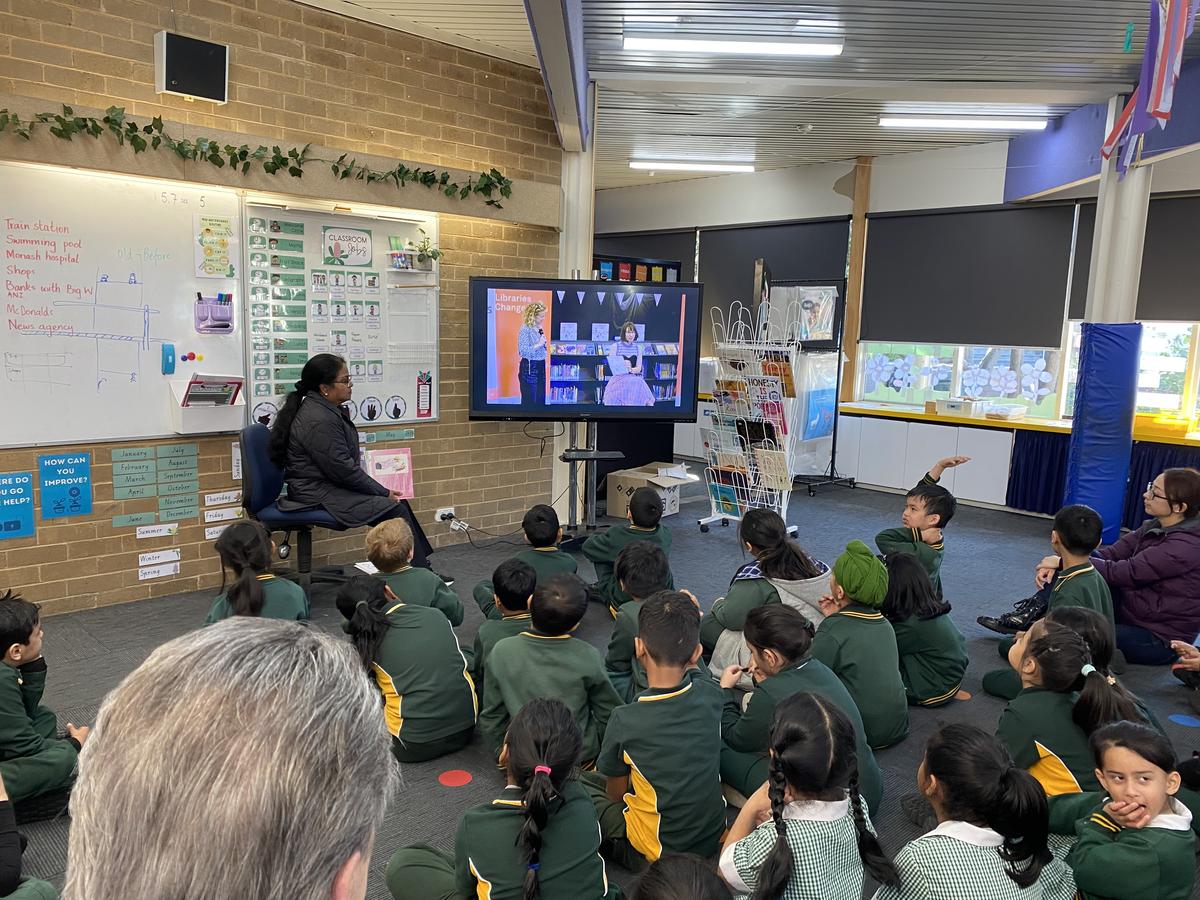
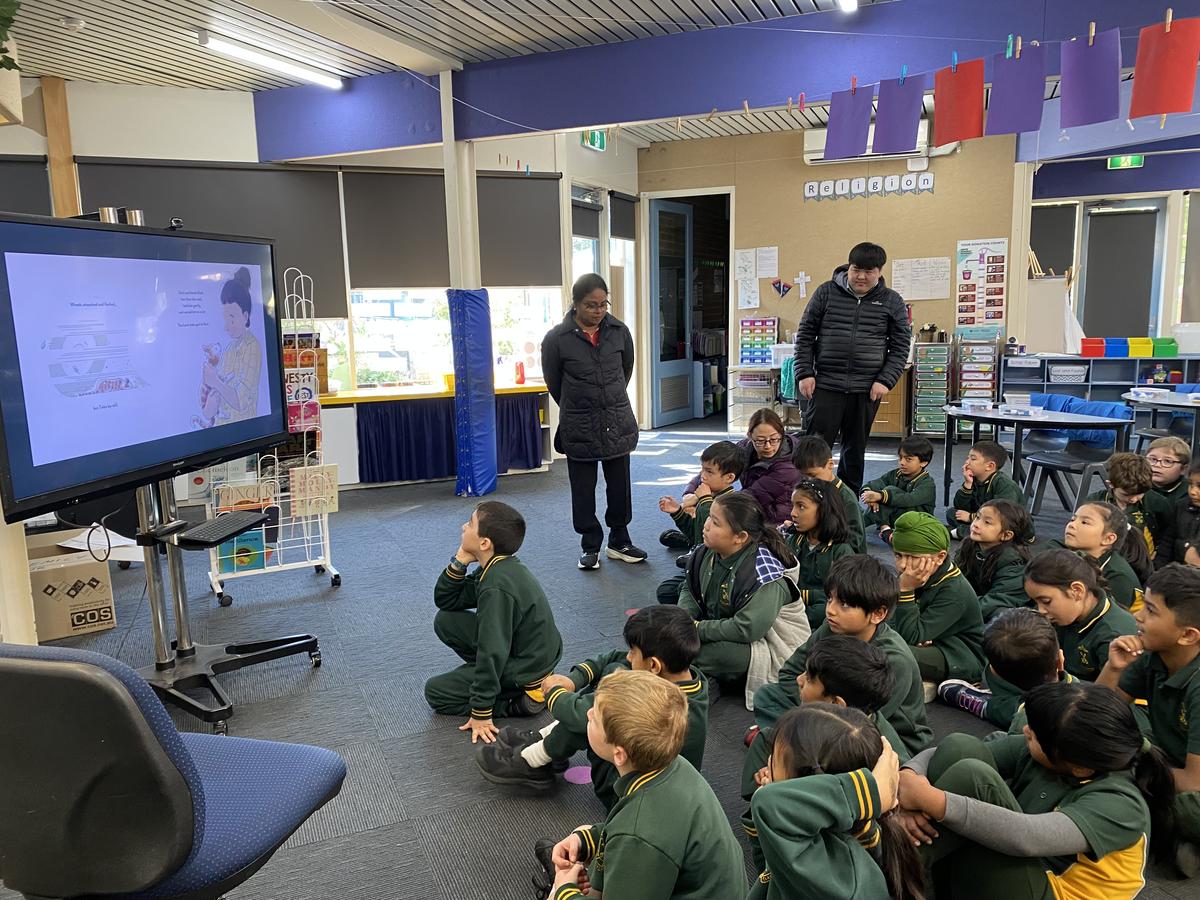





The chosen book was The Truck Cat by Deborah Frenkel, a heartwarming story that explores themes of belonging, friendship, and finding home .
Teaching literature in primary school, especially through rich and engaging texts like Charlotte’s Web by E.B. White, provides students with far more than just reading practice. It supports their development in a wide range of cognitive, emotional, and social areas.
Showcasing some of the work that the Grade 3-4 K & A students have done after reading the novel.
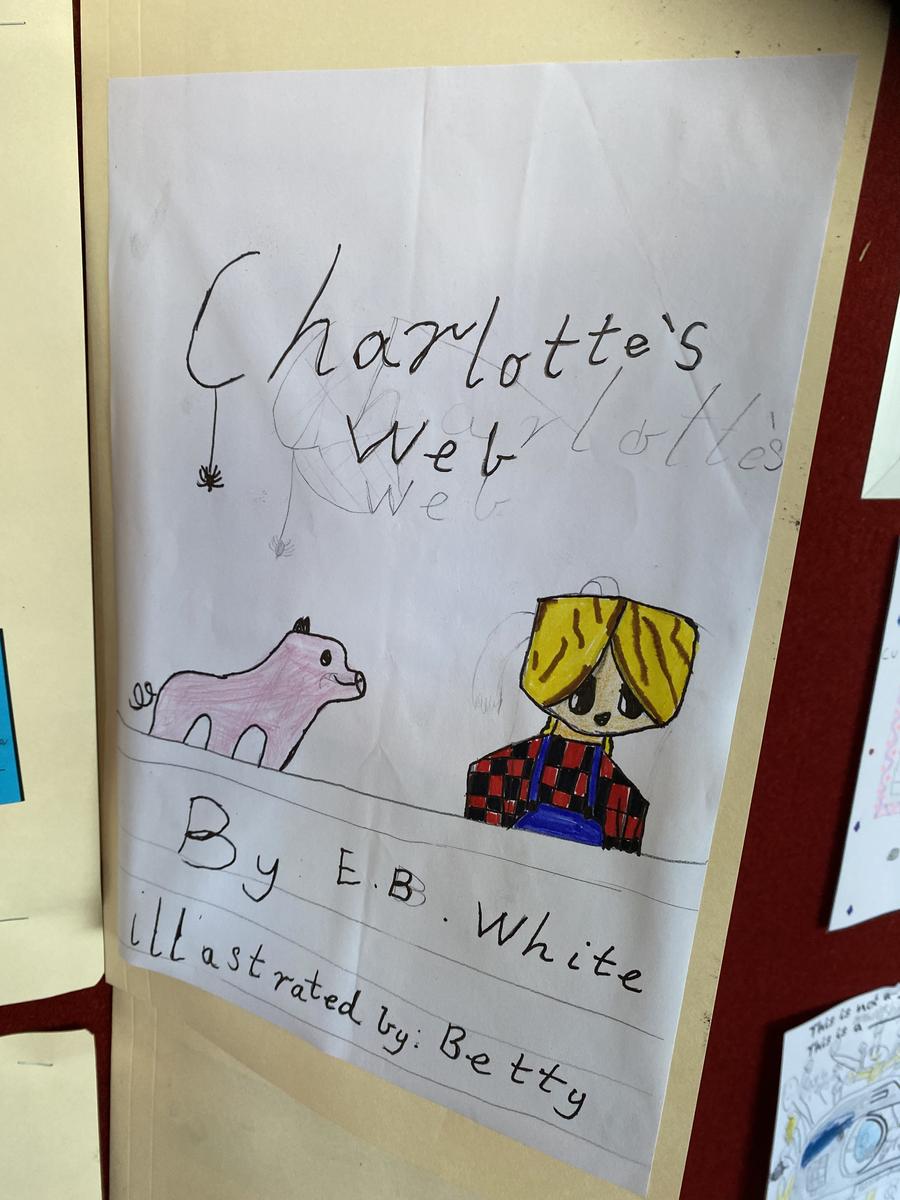
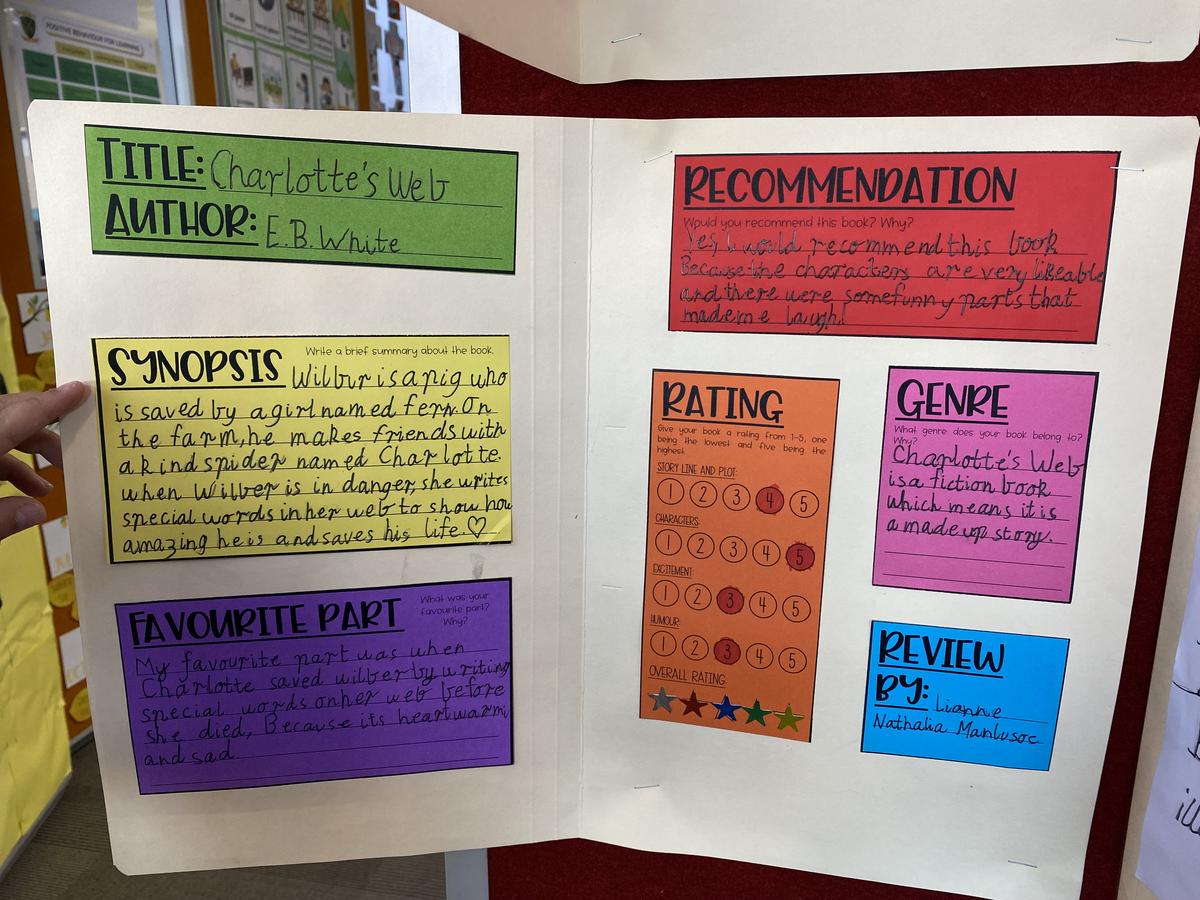
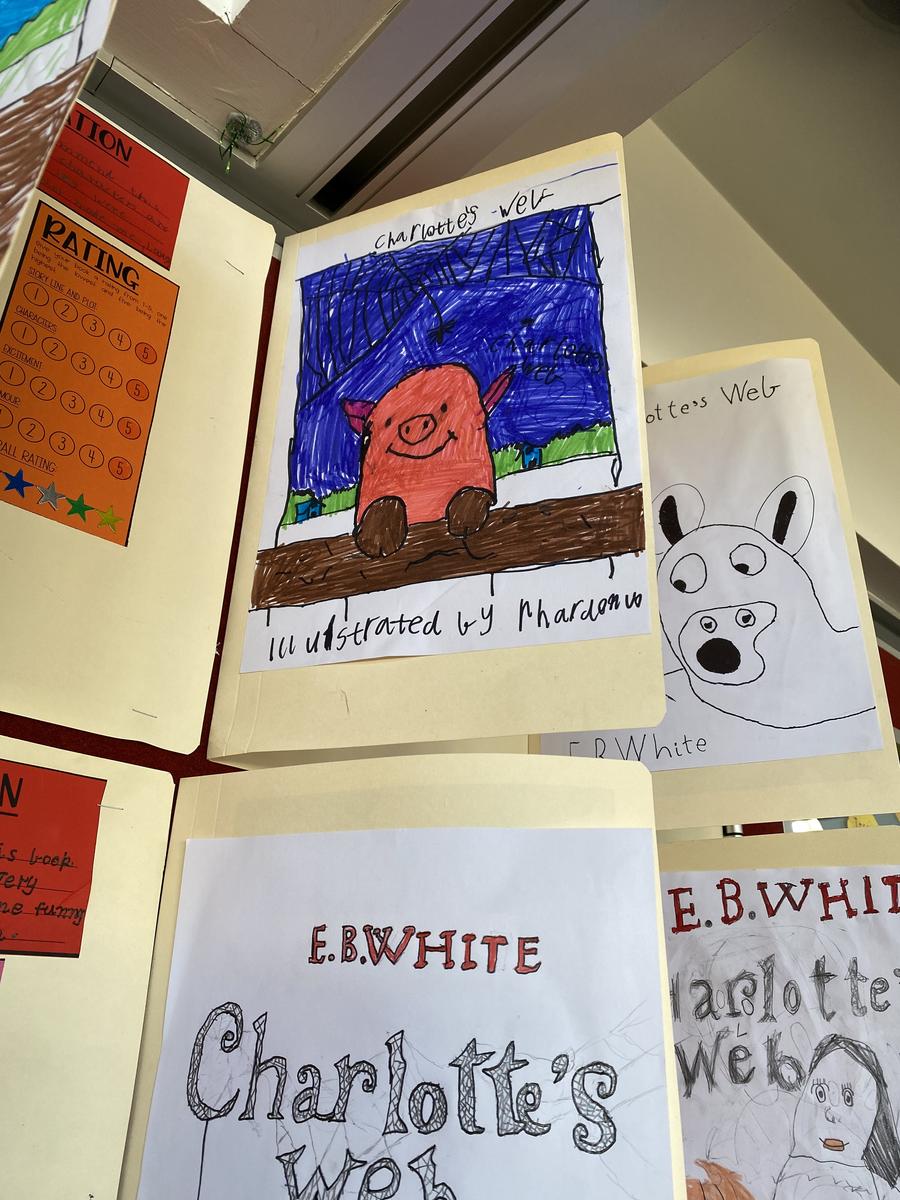



Iris DeVisser
Curriculum Leader: Literacy & Religious Education Leader
iris.devisser@spclayton.catholic.edu.au

